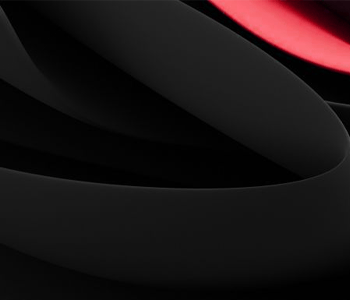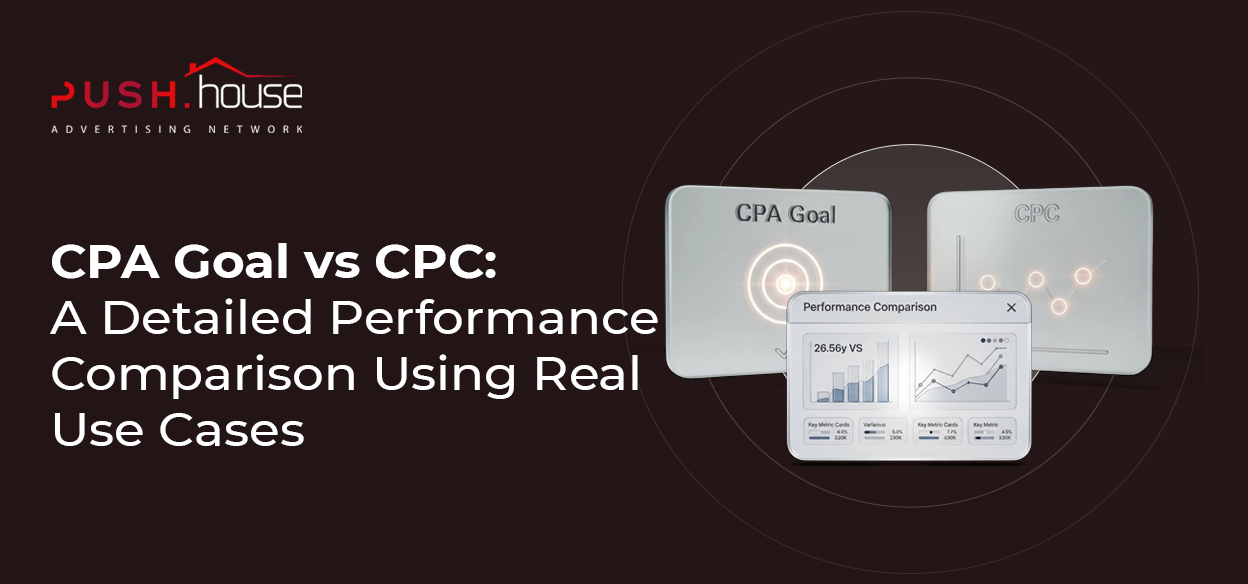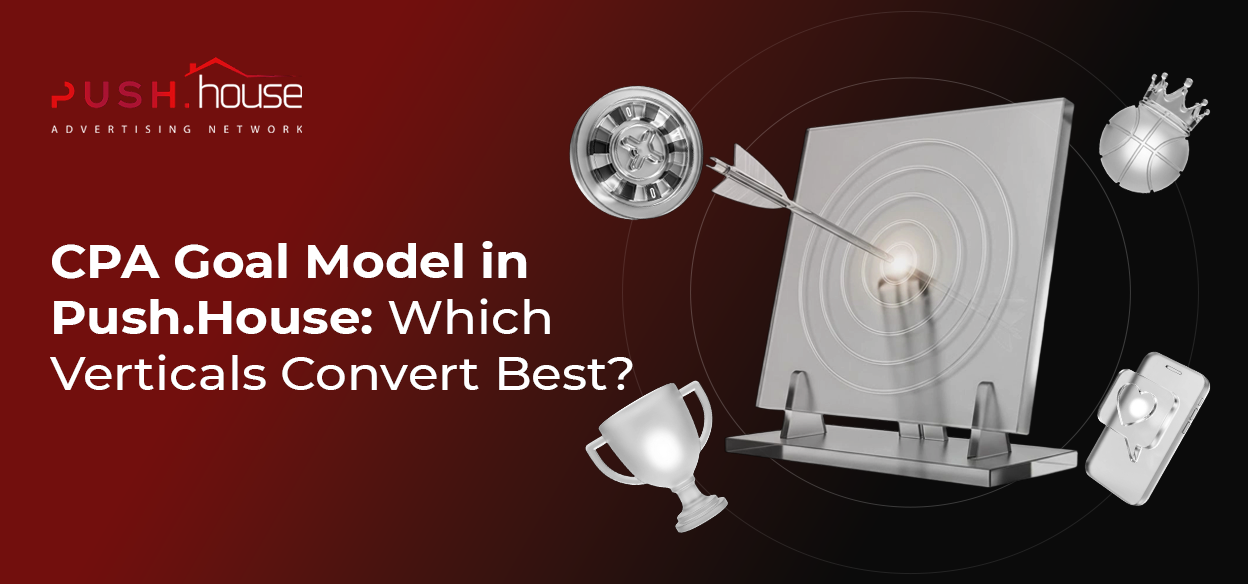
Top Mistakes Advertisers Make When Working with Push Traffic
When approached correctly, advertising through push notifications can generate stable profits over a long period. Push networks are not difficult to work with, but mistakes made by advertisers at the stage of creating ad campaigns are widespread. In this article, we’ll review the main mistakes when working with push traffic.
Advertiser Mistakes When Working with Push Traffic
· Neglecting Audience Segmentation
For the initial launch of an ad campaign, targeting a broad audience is advisable. This allows for evaluating the offer’s relevance to users in specific regions and gathering enough data for further campaign optimization.
Audience segmentation involves evaluating and grouping the target audience based on specific parameters. After assessing the effectiveness of the initial launch, advertisers have enough data to characterize the audience based on its characteristics.
· Creating Monotonous Push Notifications
Creating identical push notifications will ultimately result in nothing but budget losses. When working with push notifications, it’s crucial to understand the importance of dynamic development and the necessity of constantly improving creatives. The average lifespan of a single ad creative is 4-5 days. To maximize profits from advertising, it’s essential to regularly diversify the creatives and constantly search for effective ways to engage the audience.
· Unclear Call to Action (CTA)
Users spend only a few seconds getting acquainted with a notification. The advertiser’s task is to captivate the user as much as possible during this time and prompt them to take action. Therefore, it’s crucial to clearly define the action required from the user and outline it in the button labels or notification text. Since the text amount is limited, try to include only the most important information.
The audience may not understand an unclear call to action. Create a sense of urgency to prompt users to take action.
· Incorrect Landing Page
After clicking on an ad, users are directed to the offer’s landing page, where they expect to see a continuation of the story related to the offer and presented in the creative. If you indicate a specific discount amount or the terms of benefit from using a product in the creative, esure the exact product is on the landing page. Discrepancies between the creative and landing page can lead to leads lose and harm reputation.
· Neglecting Data Analysis and Tracking
The success of a campaign largely depends on the analytical skills of the advertiser and involves constant data collection for subsequent campaign optimization. You can find the main metric indicators in the Push.House dashboard. However, to collect accurate data, a tracker should be used.
· Absence of division between Mobile/Desktop devices
A common mistake among advertisers is attempting to reach as many users as possible. Clicks from PCs in Push.House are almost 50% cheaper than clicks from mobile devices.
The effectiveness of desktop notifications may differ from that of mobile devices depending on the vertical and chosen approach. Therefore, it’s crucial to separate campaigns and accurately calculate the budget.
Contact the Push.House manager to get started
· Ignoring Subscription Age
A younger audience is more valuable and highly esteemed among advertisers. Launch several campaign options targeting different subscription age groups when working with push traffic. Avoid targeting only those who have already been subscribed to push notifications for some time. As a rule, “banner blindness” is much more developed in such an audience.
· Setting Too Low Bids
This principle is as old as time – you get what you pay for. The lower your ad bid, the fewer users will potentially see it.
If, after reading this, you decide to increase your bid, relax. Overbidding is also not recommended. Base your bid on the market average and only slightly exceed it.
· Using an Informative Approach
For some reason, many advertisers believe that push notifications are meant to inform users about a product, which is not entirely accurate. Push notifications are inetnded to grab attention and demonstrate the benefits of using a product. Abandon the idea of presenting and focus on attracting traffic and increasing motivation to click.
· Excessive Teaser Approach
Using a teaser approach in push notifications is effective only within reasonable limits. Strive to be honest and transparent with your audience. Occasionally, stirring up interest can be helpful, but creating a mystery is definitely not.
· Incorrect Timing of Display
Advertisers often avoid displaying ad notifications at night in pursuit of budget savings. Audience activity peaks after midnight in some GEOs, so reducing the number of impressions without prior analysis of GEO and audience demographics may cost conversions.
· Insufficient Testing
Don’t expect a lot of conversions after the initial launch. Stable campaign performance can only be achieved after the testing phase. Before ad creatives start bringing consistent revenue, advertisers must identify the most profitable combination and maximize the effectiveness of the creative by testing its variables.
The goal of testing is to gather data. Don’t skimp on testing. If you find an effective combination, all expenses will pay off.
Conclusion
Push notifications are currently receiving increased attention from advertisers. Achieving high conversion rates in Push.House is more than realistic. Be attentive, avoid mistakes, test new approaches, and strive for maximum profit.
Best of luck!
Contact the Push.House manager to get started














